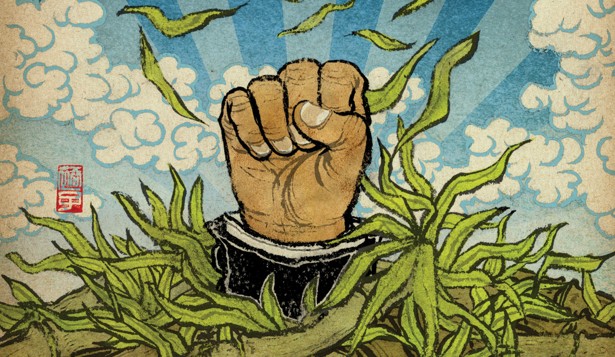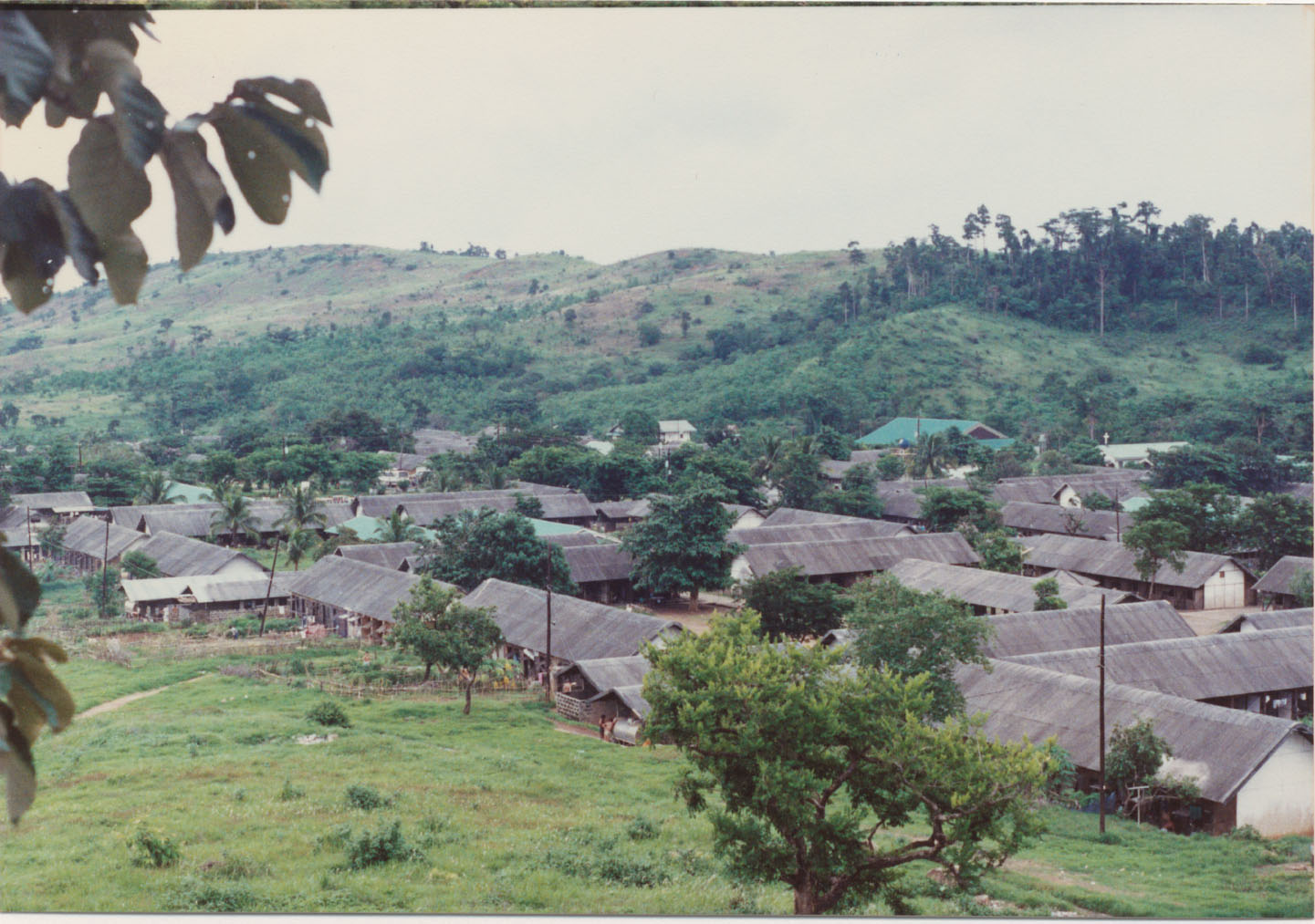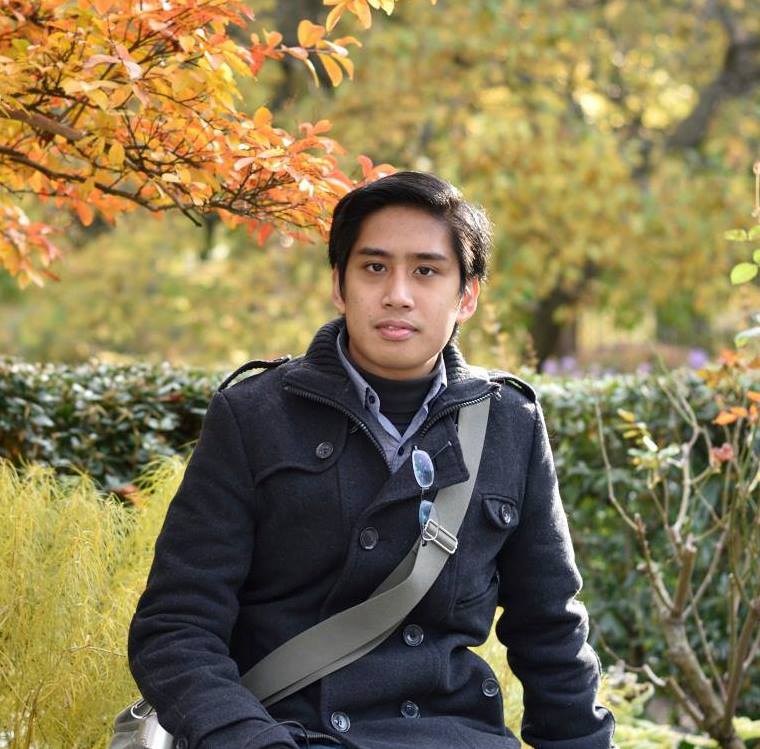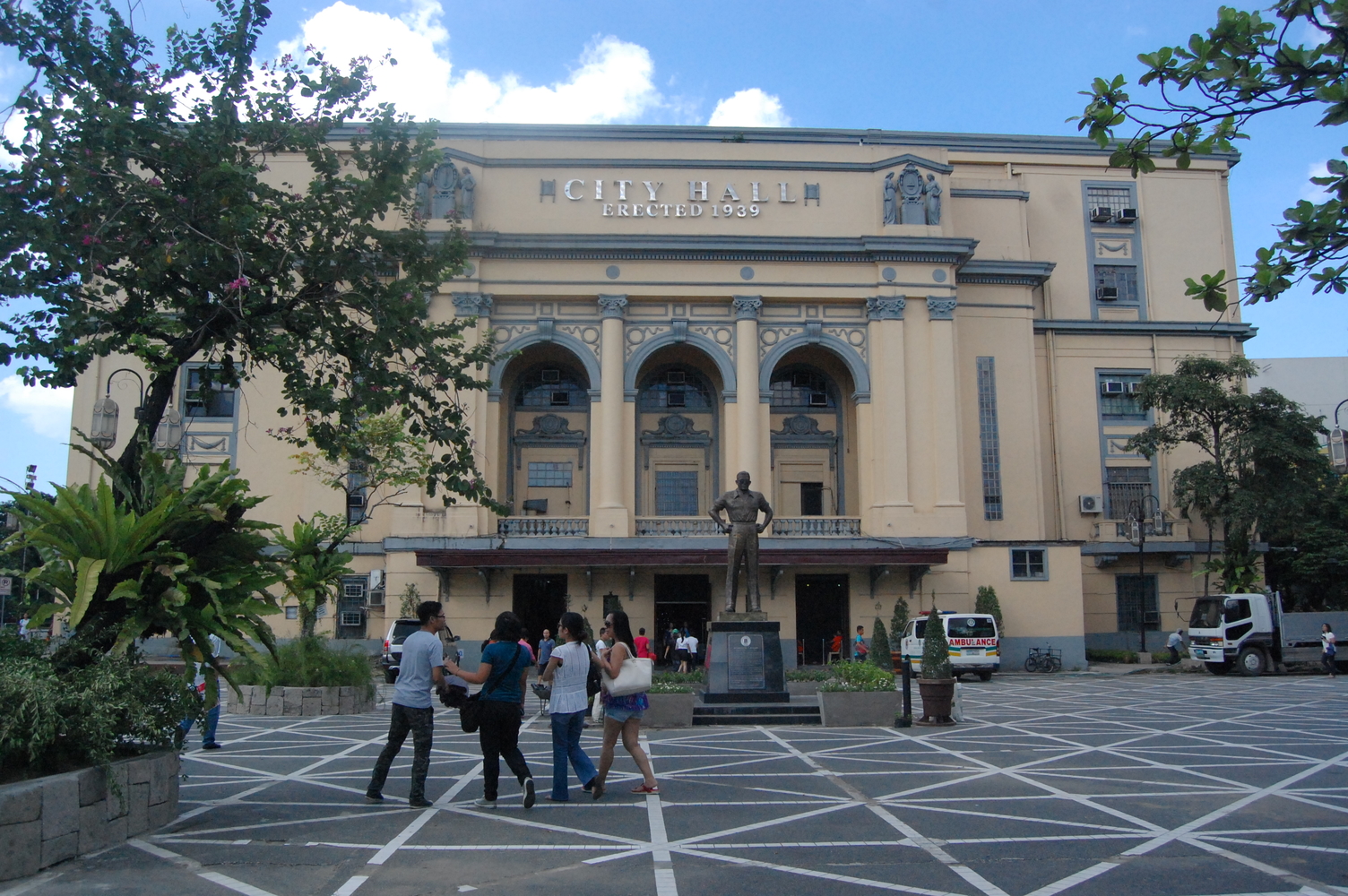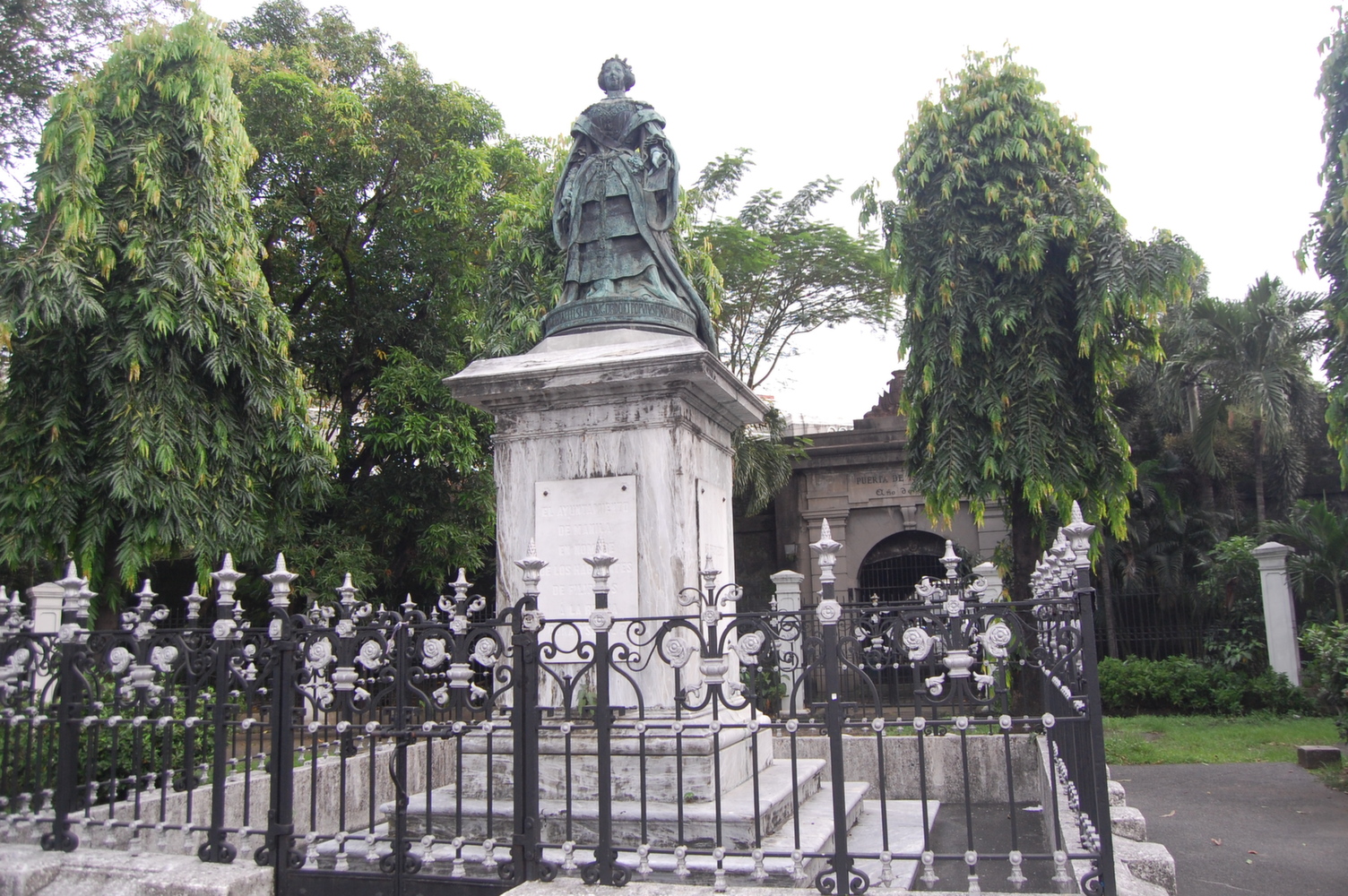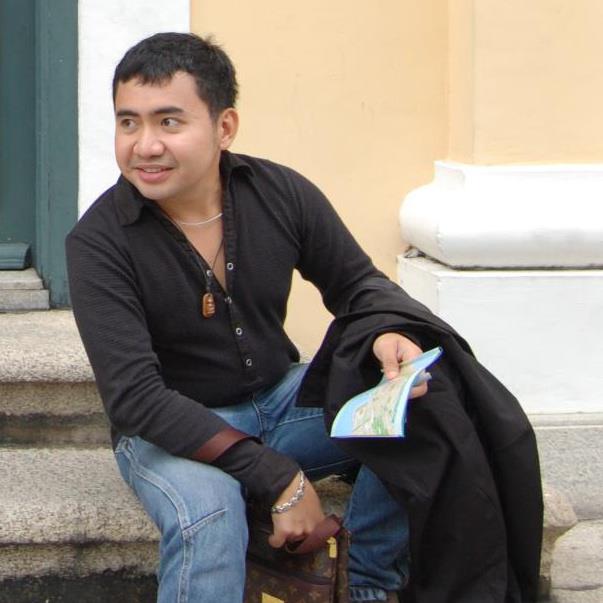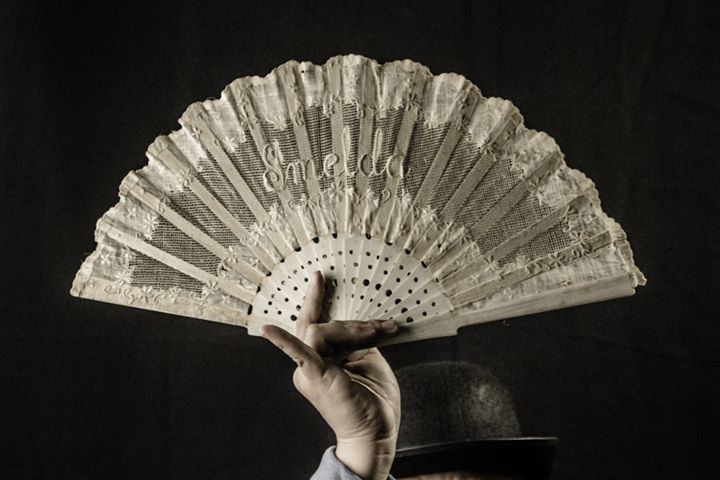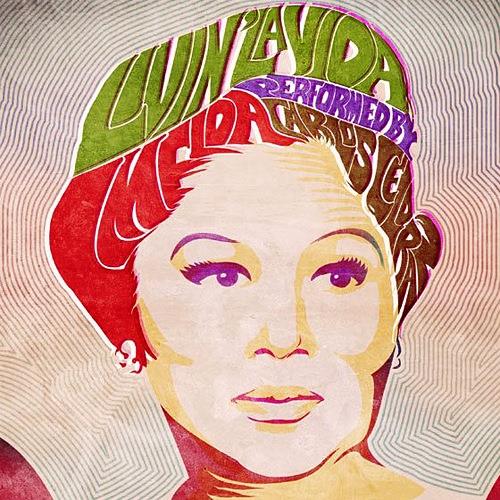 In school, there was a semi-serious joke that anything less than an "A" was unacceptable. I know my brothers and I helped fuel this mentality. It didn't help that I would cry over homework assignments that seemed too overwhelming - in elementary school. As military kids, my brothers and I would trade in our report cards for discounted items and prizes at the military base exchange. There was pressure from everyone - relatives, friends, teachers and ourselves - to do well. It's no wonder that my health has been impacted by such high levels of stress over the years.
In school, there was a semi-serious joke that anything less than an "A" was unacceptable. I know my brothers and I helped fuel this mentality. It didn't help that I would cry over homework assignments that seemed too overwhelming - in elementary school. As military kids, my brothers and I would trade in our report cards for discounted items and prizes at the military base exchange. There was pressure from everyone - relatives, friends, teachers and ourselves - to do well. It's no wonder that my health has been impacted by such high levels of stress over the years.
I didn't realize how much my skin color influenced my path until much later in my education. There's an expectation that just because you're of Asian descent, you excel.
You're Asian? You probably play the piano or some sort of instrument. You must be good at math and science.
Here's my truth: I was no good at any of the few instruments I tried, and due to pressure I put on myself, I quit each of them. In elementary school, I told myself that if I was not any good at something, I had no business doing it. During high school, I failed the official AP Chemistry exam and didn't receive credit for college, and was questioned by a teacher when I returned the next school year. During senior year, I did poorly in calculus. I was shamed in class for my failing math grades after a teacher had the entire class reveal their report cards. In college, I worked hard to earn Cs (As and Bs were miracles) each semester while juggling part-time jobs, internships, service, and extracurricular commitments - because I thought that's what I was supposed to do. It took some time, but I realized that holding myself to such a high standard was no longer an option. It was unhealthy. I eventually went to counseling, and had the opportunity to do both individual counseling and group therapy. I was told to pick a couple of hobbies; writing became one of the ones I revisited and invested my time and energy in.
Though I graduated from college over three years ago, I've since been completing fellowships and living on small living stipends. I don't have a 401K. I don't make the big bucks. I've moved back home to live with my parents (thankfully) a couple of times. Maybe this is a Millennial thing. I know, we're not all supposed to have it figured out by our 20s. And sure, everyone defines success differently. Yes, I recognize the extent of privilege that I experience. But that privilege does not help all Asian ethnic groups in the US to break the bamboo ceiling - or the barriers that exclude those of Asian descent from leadership and growth in professional settings.
So, do I really fit the assumption that all Asian Americans succeed? Is such an assumption even true?
Let's take a step back and look at the bigger picture.
Nicholas Kristof recently wrote an op-ed in the New York Times and stated that "Asian-Americans are disproportionately stars in American schools, and even in American society as a whole." Reading Kristof's article left a bitter taste in my mouth. There's a belief that Asian Americans as a whole benefit from an "Asian Advantage." And this is wrong.
For decades, Asian Americans have been branded as the "model minority." Society believes we grow up with Tiger Moms and are guided by strong family values. We are expected to graduate from college. Statistics tell us we make high household incomes. We are grouped together and seen as a race that does not have to worry about racism. However, many forget that Asian Americans are not monolithic. Sure, strict parenting and certain values are present in some households. Some Asian Americans graduate from college, but some don't, as many ethnic groups experience high rates of poverty. And while Asian Americans have higher average household incomes in comparison to other races, those very households often include two or more generations. Thus, what seems like a comparatively high income actually supports several family members.
This year marks the 50th anniversary of the Immigration and Nationality Act of 1965. This particular piece of legislation opened up the doorway to many immigrants of diverse backgrounds. However, perhaps we have begun to overlook events prior to 1965. Keeping in mind that the only thing Asian Americans really have in common is the same hemisphere of origin, it's important to note that Asian ethnic groups have had to face hate, racism and xenophobia of varying degrees throughout the course of US history. Some Chinese families have been in American for over a century; many were subjected to exclusion, discrimination and violence following the onset of the California Gold Rush. In the early 1900s, Asian immigrants were detained and interrogated at the Angel Island Immigration Station in San Francisco. Japanese Americans were forced into internment camps, one of the many atrocities resulting from WWII. Filipinos fought alongside the US in WWII, only to be denied rights and benefits that those from other countries who served in the US Armed Forces were granted. Immigration quotas have been changed and limited on several occasions, tearing apart families and loved ones. More recently, in 2012, six individuals were killed during shooting at a Sikh temple in Oak Creek, Wisconsin. The painting of Asian Americans is an intricate one, and it's influenced by language access, lack of resources, varying education levels, economic factors, health issues (physical and mental), and more.
Last month, Erika Lee gave a talk at the National Archives in Washington, DC about her new book, 'The Making of Asian America.' It gives further detail of the history of Asian ethnic groups and their moves to the US. In a recent article in The New Yorker, Karan Mahajan talks about Erika Lee's book and the two Asian Americas that exist today:
"There are now, in a sense, two Asian Americas: one formed by five centuries of systemic racism, and another, more genteel version, constituted in the aftermath of the 1965 law. These two Asian Americas float over and under each other like tectonic plates, often clanging discordantly. So, while Chinese-Americans and Indian-Americans are among the most prosperous groups in the country, Korean-Americans, Vietnamese-Americans, and Filipino-Americans have lower median personal earnings than the general population. Over-all Chinese-American prosperity obscures the higher-than-average poverty rate for Chinese-Americans."
It may appear as though Asian Americans don't experience racism, or if they do, they keep it to themselves. As Mahajan notes:
"... if some [Asian Americans] seem to work unusually hard in the face of this difficult history, it is not because they want to be part of a 'model minority' but because they have often had no other choice."
Moving forward, I hope everyone can continue to paint a more accurate picture of Asian Americans, not as a single race, but as diverse ethnic groups, each with a distinct history and culture that deserves to be recognized.
The original version of this post appeared on Mama Tanap, a blog that focuses on personal health and wellness.

